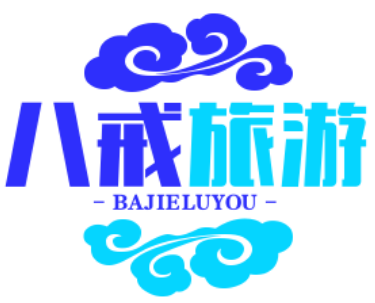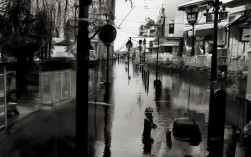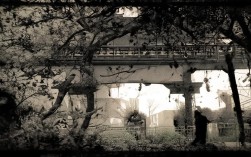The first light of dawn filters through the mist as I step into the heart of Suzhou, a city where ancient charm seamlessly blends with modern vitality. Known as the “Venice of the East,” Suzhou’s canals, gardens, and cobblestone streets promise a day of cultural immersion. My journey begins at the Humble Administrator’s Garden, a UNESCO World Heritage Site and one of China’s most iconic classical gardens.
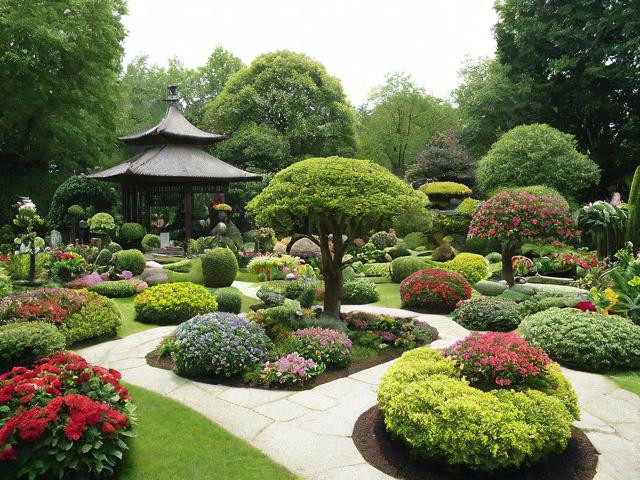
The garden, built during the Ming Dynasty, captivates visitors with its meticulous design. Winding pathways lead past tranquil ponds, arched stone bridges, and pavilions adorned with traditional lattice windows. Every turn reveals a carefully curated scene—rockeries mimicking mountain landscapes, bonsai trees pruned to perfection, and lotus flowers floating lazily on water. For photography enthusiasts, the early morning light casts a golden hue over the garden, ideal for capturing its timeless beauty.
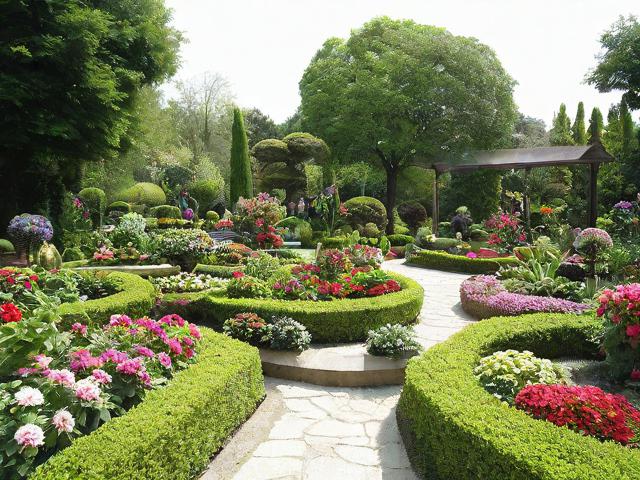
A short walk from the Humble Administrator’s Garden brings me to the Lion Grove Garden. Famous for its labyrinthine rock formations resembling lions, this Yuan Dynasty masterpiece invites exploration. Clambering through the narrow passages feels like solving a puzzle, while the garden’s central pavilion offers panoramic views of its intricate layout. Local guides often share stories of emperors and scholars who once sought inspiration here, adding depth to the experience.
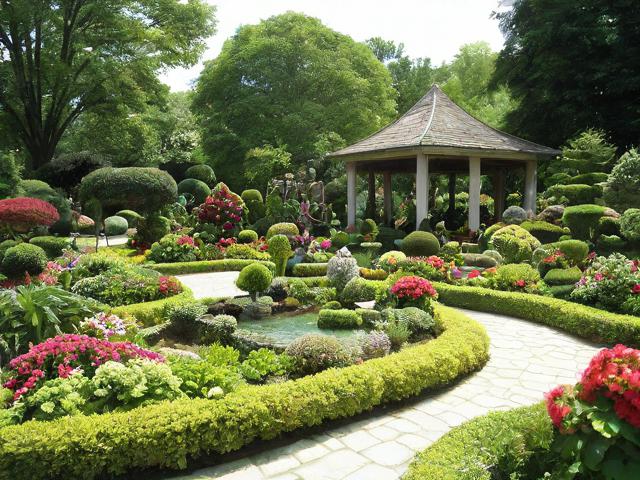
Mid-Morning: Strolling Along Pingjiang Road
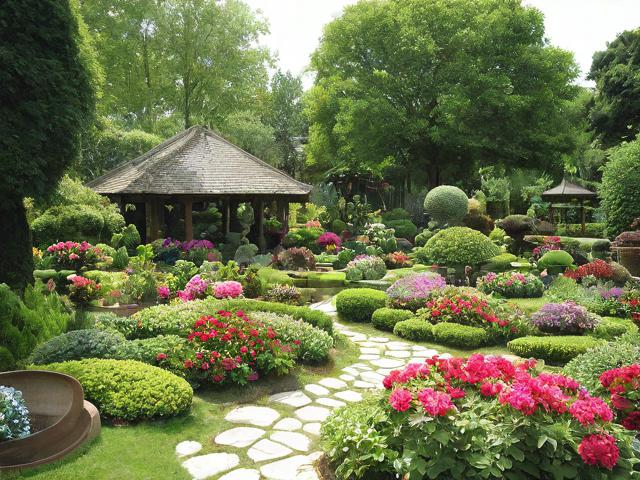
By mid-morning, the city awakens fully. I head to Pingjiang Road, a 1,200-year-old street that retains its historical character. Flagstone paths run parallel to a serene canal, flanked by whitewashed buildings with black-tiled roofs. Traditional tea houses, artisan workshops, and boutique shops selling silk and embroidery line the street.
I pause at a teahouse to sample Biluochun, a green tea native to Suzhou. The owner demonstrates the tea ceremony, explaining how the delicate leaves are harvested from nearby Dongting Mountain. Sipping the fragrant brew while listening to the soft strumming of a pipa (Chinese lute) from a neighboring courtyard feels like stepping into a classical Chinese painting.
Pingjiang Road also offers glimpses of daily life. Elderly residents chat on stone benches, cyclists navigate the narrow lanes, and occasional gondola-style boats glide down the canal. For a unique souvenir, I visit a calligraphy studio where artists personalize scrolls with names or phrases in elegant brushstrokes.
Noon: Savoring Suzhou’s Culinary Heritage
No visit to Suzhou is complete without indulging in its culinary delights. Lunch takes me to Songhelou, a century-old restaurant renowned for its Suzhou-style dishes. The menu features local favorites such as squirrel-shaped mandarin fish—a crispy, sweet-and-sour delicacy—and braised pork belly slow-cooked in soy sauce and rice wine.
A must-try is the Yangchun noodles, a simple yet flavorful dish served in a light broth with spring onions and tender pork. Dessert arrives in the form of osmanthus rice cakes, subtly sweet with a floral aroma from the city’s signature osmanthus flowers. The restaurant’s ambiance, with its dark wooden furniture and vintage décor, complements the meal perfectly.
Afternoon: Art and History at Suzhou Museum
Post-lunch, I visit the Suzhou Museum, designed by the acclaimed architect I.M. Pei. The museum’s modern geometric lines harmonize with traditional elements like white walls and gray tiles, creating a bridge between past and present. Exhibits span Suzhou’s 2,500-year history, from Neolithic pottery to Ming Dynasty paintings.
One gallery showcases exquisite silk tapestries, highlighting Suzhou’s legacy as a silk production hub. Another features miniature models of classical gardens, offering insight into their architectural principles. The museum’s centerpiece is a tranquil courtyard with a koi pond and bamboo groves, providing a peaceful respite from the afternoon heat.
Late Afternoon: A Boat Ride on the Grand Canal
As the sun begins to dip, I embark on a boat tour along the Grand Canal, a UNESCO site and one of the world’s oldest waterways. The section in Suzhou remains bustling, with cargo ships and wooden sampans sharing the water. Our guide recounts how the canal facilitated trade between northern and southern China, shaping Suzhou’s prosperity as a merchant hub.
The boat glides under stone bridges adorned with carvings, past neighborhoods where laundry flutters on bamboo poles and children wave from doorsteps. The guide points out landmarks like the Panmen Gate, a remnant of the ancient city walls, and the Ruiguang Pagoda, which has stood for over 1,500 years. The gentle rocking of the boat and the rhythmic sound of water create a meditative atmosphere.
Evening: Kunqu Opera and Shantang Street
Dusk transforms Suzhou into a tapestry of lantern lights. I make my way to the Suzhou Kunqu Theatre for a performance of Kunqu Opera, recognized by UNESCO as a Masterpiece of Oral and Intangible Heritage. The art form, dating back to the 14th century, combines poetic lyrics, melodious tunes, and intricate gestures. Tonight’s show, The Peony Pavilion, tells a haunting love story through elaborate costumes and minimalist stage design. Even without fluency in the local dialect, the emotion conveyed by the performers is palpable.
After the opera, I explore Shantang Street, often called “Suzhou’s old street in seven li.” Lit by red lanterns, the street buzzes with energy. Vendors sell snacks like candied hawthorns and glutinous rice balls, while artisans craft sugar paintings and clay figurines. I join locals at a riverside café, ordering a bowl of red bean soup as I watch boats pass under illuminated bridges.
Final Thoughts
Suzhou’s magic lies in its ability to preserve tradition while embracing modernity. In a single day, I wandered through gardens that embody philosophical ideals, tasted flavors passed down through generations, and witnessed art forms that have survived centuries. The city’s rhythm—slow and deliberate in its gardens, lively and dynamic in its streets—invites visitors to linger. For those seeking a destination where history is not just remembered but lived, Suzhou is unparalleled.
As the night deepens, I leave with a scroll painting from Pingjiang Road tucked under my arm—a memento of a city that has mastered the art of balance. Suzhou isn’t merely a place to visit; it’s an experience to carry forward, a reminder that beauty thrives where past and present coexist.
